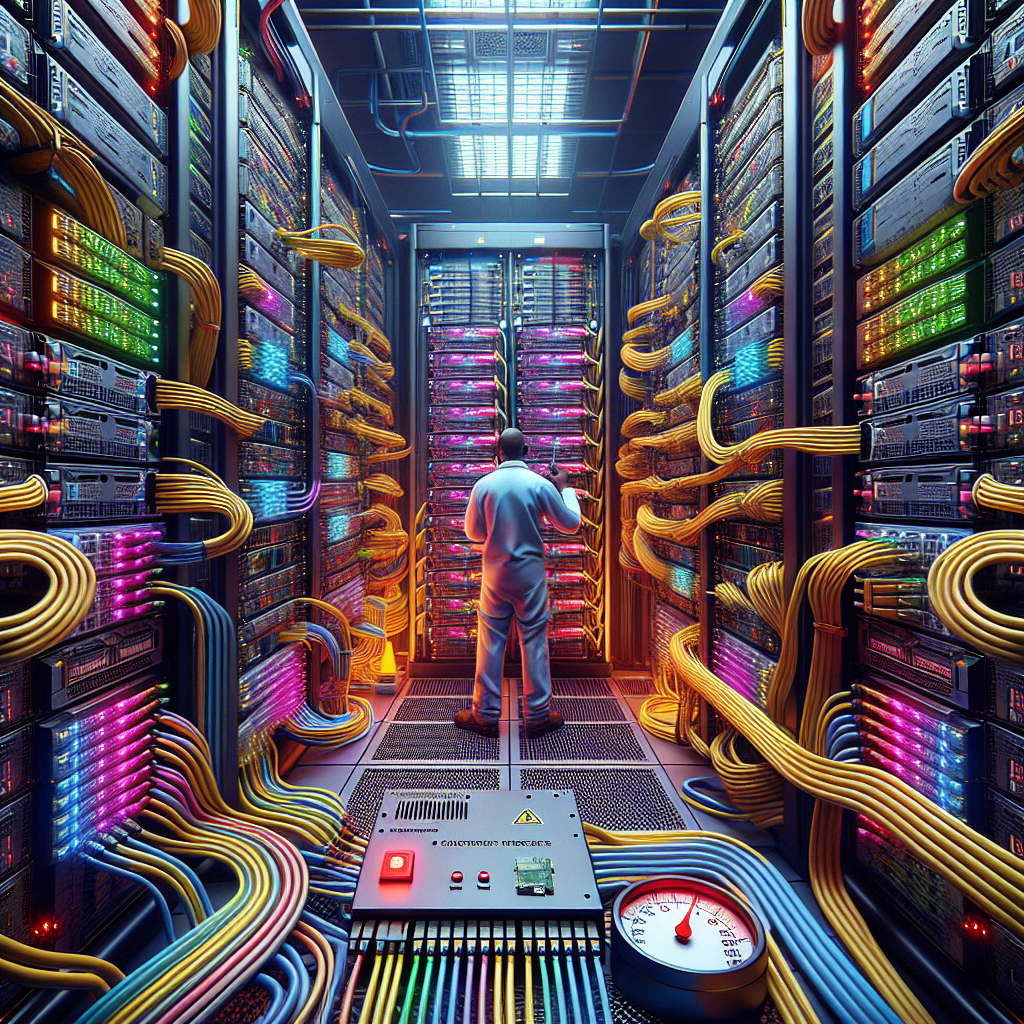Your cart is currently empty!
How to Troubleshoot Power and Cooling Issues in the Data Center

Data centers are critical facilities that house a large number of servers, networking equipment, and storage devices. It is essential to ensure that these facilities are operating at optimal levels to prevent downtime and ensure the smooth functioning of the business. One of the key challenges that data center operators face is power and cooling issues. These issues can lead to equipment failures, reduced performance, and increased energy costs. In this article, we will discuss how to troubleshoot power and cooling issues in the data center.
1. Monitor Power Usage: The first step in troubleshooting power issues is to monitor the power usage of the data center. This can be done using power monitoring tools that track energy consumption in real-time. By monitoring power usage, data center operators can identify any spikes or fluctuations in power consumption that may indicate a problem.
2. Check for Overloading: Overloading of power circuits can lead to tripped breakers, equipment failures, and downtime. Data center operators should regularly check for overloaded circuits and redistribute the load to prevent any issues. It is also important to ensure that power distribution units (PDUs) are properly configured and balanced to avoid overloading.
3. Inspect Cooling Systems: Cooling systems are essential for maintaining a stable temperature in the data center. Data center operators should regularly inspect cooling systems, including air conditioning units, cooling towers, and fans, to ensure they are functioning properly. Any issues with cooling systems should be addressed promptly to prevent equipment overheating and failure.
4. Monitor Temperature and Humidity Levels: Temperature and humidity levels are critical factors in maintaining the optimal environment for data center equipment. Data center operators should monitor temperature and humidity levels using sensors and adjust cooling systems accordingly. High temperatures and humidity levels can lead to equipment failures, while low temperatures can increase energy costs.
5. Implement Redundancy: To prevent power and cooling issues from causing downtime, data center operators should implement redundancy in their infrastructure. This includes backup power supplies, redundant cooling systems, and failover mechanisms to ensure continuous operation in the event of a failure.
6. Conduct Regular Maintenance: Regular maintenance of power and cooling systems is essential to prevent issues and ensure the reliability of the data center. Data center operators should schedule routine inspections, cleaning, and testing of power and cooling equipment to identify any potential problems and address them proactively.
In conclusion, power and cooling issues are common challenges in data centers that can have a significant impact on the performance and reliability of the facility. By monitoring power usage, checking for overloading, inspecting cooling systems, monitoring temperature and humidity levels, implementing redundancy, and conducting regular maintenance, data center operators can troubleshoot and prevent power and cooling issues effectively. Addressing these issues promptly can help prevent downtime, equipment failures, and increased energy costs, ensuring the smooth functioning of the data center and the business.

Leave a Reply